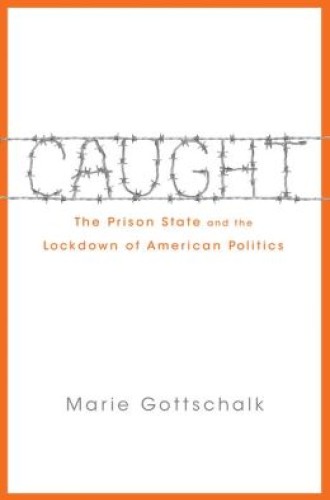Caught, by Marie Gottschalk
On September 5, 1929, the day after a loss to the Philadelphia Athletics, the New York Yankees traveled to Ossening, New York, to play in an exhibition baseball game. It was no ordinary game.
The 40-foot-high stone wall that marked the perimeter of the outfield that afternoon belonged to Sing Sing prison, and the Yankees’ opponents were a team constituted entirely of inmates, many of them convicted felons. The prisoners who filled the temporary bleachers saw quite a spectacle. Babe Ruth hit three home runs, and players on the home team, slyly named the Black Sheep, slapped him on the back as he circled the bases. After the game, Ruth signed baseballs and joked around with the inmates. The event—one in a series of baseball games held at the prison over the course of a decade—was the brainchild of Lewis Lawes, the superintendent who presided over Sing Sing for more than 20 years. Lawes’s nationally known rehabilitation program supplemented the daily efforts of his “corrections officers”—the term itself is revealing—with special events designed to reform prisoners and to prepare them for a full return to society.
How times have changed. In Caught, Marie Gottschalk, professor of political science at the University of Pennsylvania, describes an American penal system that has all but abandoned any real attempt to rehabilitate its inmates. Battered by steep budget cuts during the recession and molded by a conservative political agenda, U.S. prisons have largely become repositories for society’s unwanted—the poor, the uneducated, the undocumented, the addicted.





